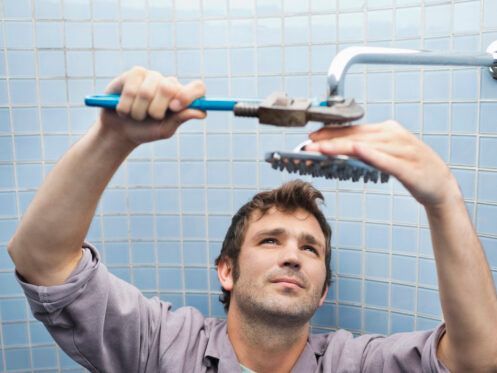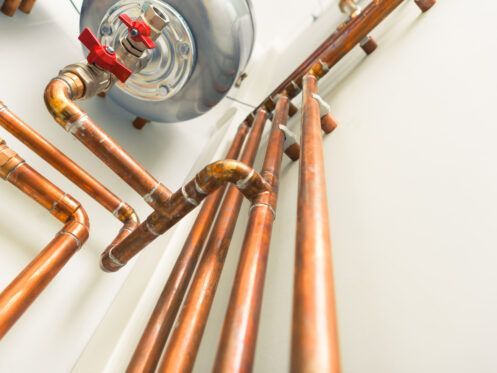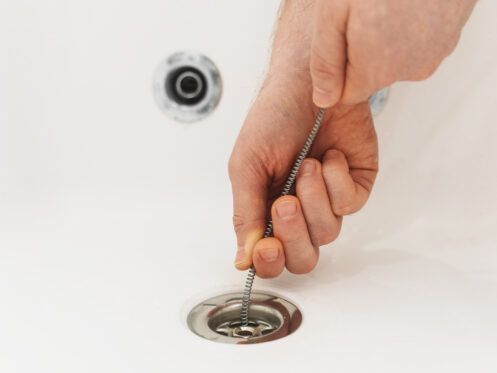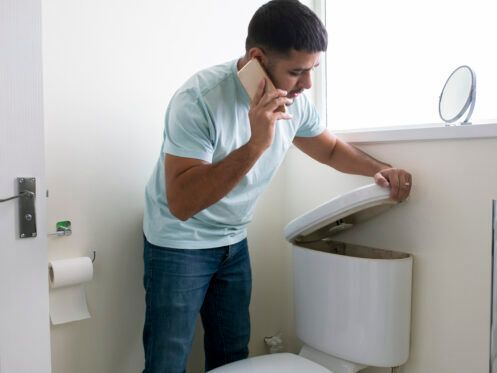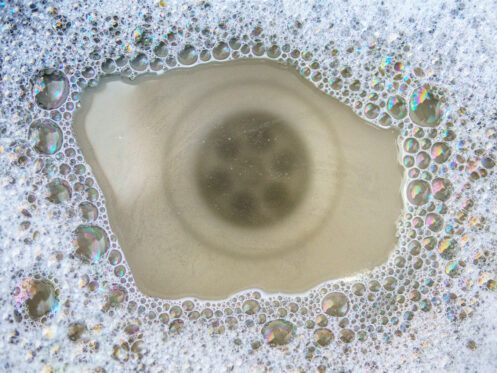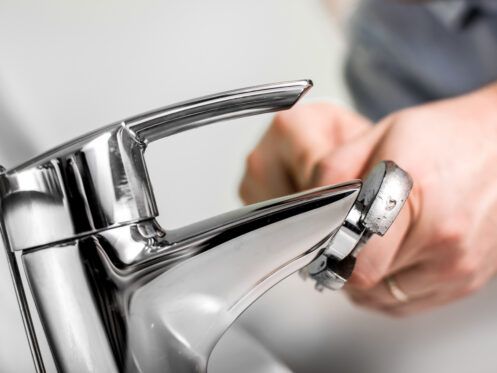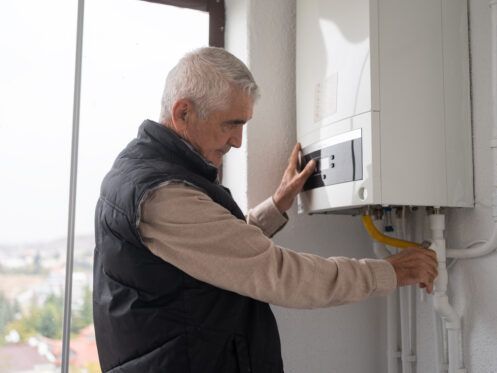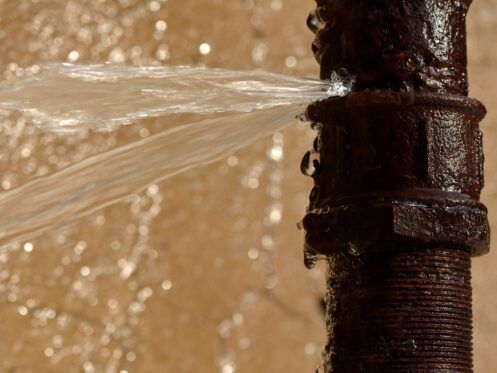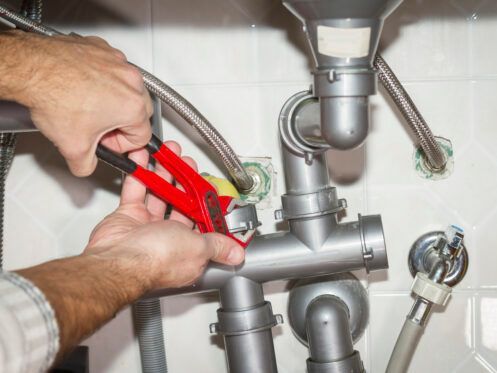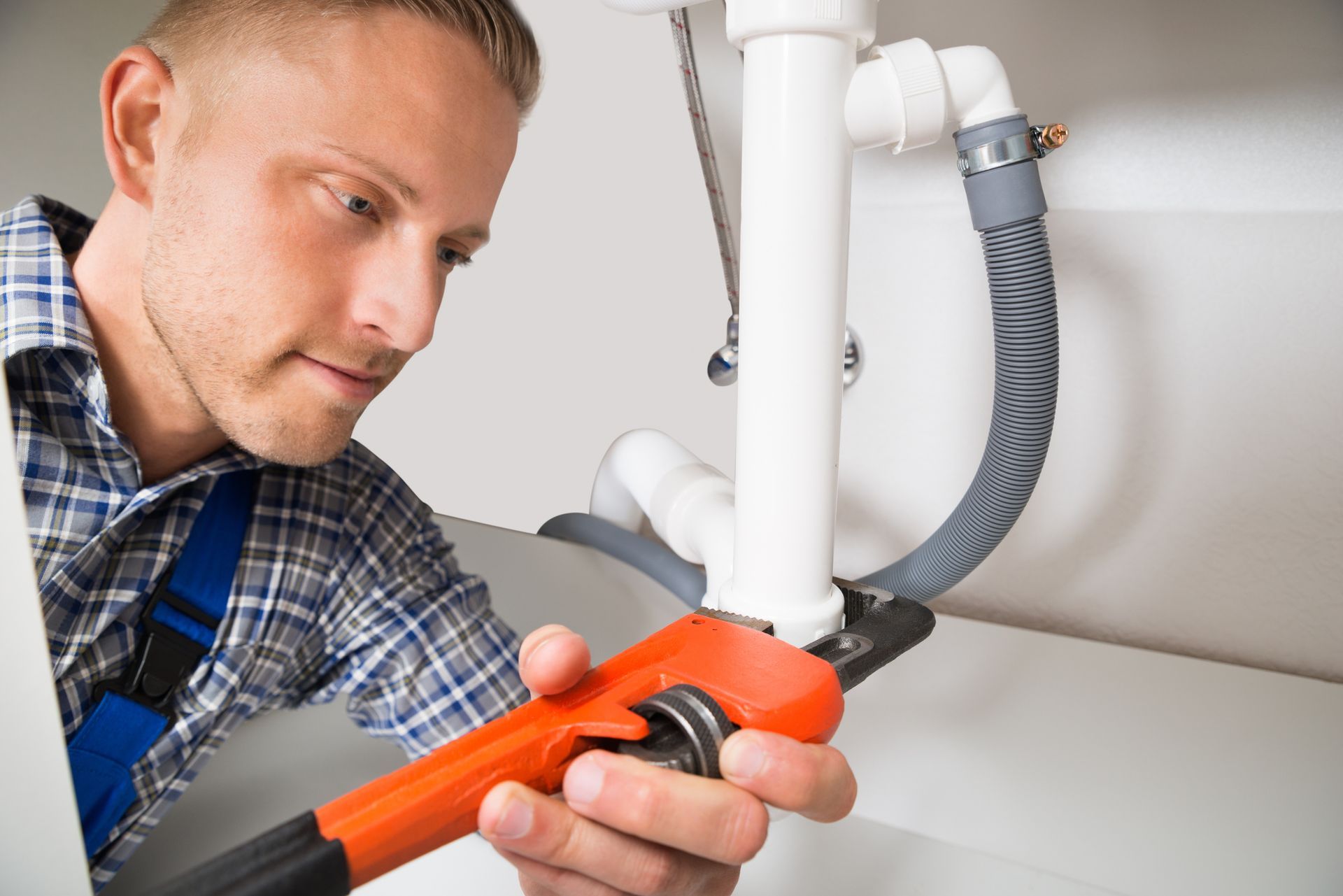How Long Does It Take To Repipe A Home?
Repiping a home can be a major project, but it can definitely be well worth the effort in certain situations. If you’re considering repiping your home, one of the first things you probably want to know is how long you can expect the project to take. This article will explain just that and also tell you everything you need to know about repiping, including how it’s done and how to know when it’s necessary.
Typical Time Schedule for a Repiping Project
When repiping a house, the project will usually be done by a team of at least two plumbers. The project will generally take a minimum of two to three days, but it can sometimes take up to a full week or even longer. While two days is the minimum, this time is generally only for the actual repiping itself. It doesn’t include the additional time it will take to patch up all of the holes in the walls and ceilings that the plumbers have to cut to access the plumbing.
The reasons that the timeline can vary a lot are that every house is different, and there are numerous factors that impact how easy or difficult a repiping project is. One obvious factor that will affect how long the work takes is the size of the home. The number of bathrooms and plumbing fixtures in the home is another important factor since this determines how many total water lines the plumbers will need to remove and then reinstall. Another factor is whether or not you’re also replacing the main water line to the home since this will obviously take additional time.
Accessibility is also important. It usually takes less time to repipe a single-story house with a crawl space since the majority of the water lines run in the crawl space just underneath the floor and then up through the various walls. It will always take the longest to repipe a house built on a concrete slab foundation. The reason is that houses with this type of foundation have most of their water lines buried underground below the slab. As such, the project will require quite a bit of demolition to remove various sections of the foundation so that the plumbers can access the old water lines to remove them and then lay the new pipes.
Repiping is also easier and takes less time if you’re already doing a major remodel or extensive renovations. This means that most of all of the old plumbing will be easily accessible, and it will also be much easier and take less time to install all of the new pipes.
One final factor is the type of piping you choose to use. The two main options for water lines nowadays are copper and cross-linked polyethylene or PEX piping. Copper pipes typically come in 12-foot pieces, which means installing them requires lots of pipe fittings to connect each piece of pipe together. Using compression fittings instead of soldering the pipes and fittings together will decrease how long the project takes. Nonetheless, repiping always takes less time if you choose to use PEX piping. The decreased time and the fact that PEX costs much less than copper also means that using PEX will cut down on the total cost of the project.
PEX piping comes in long rolls, which allows the plumbers to cut the pipes to whatever length is needed without having to use additional fittings. PEX piping is also flexible enough that it can be bent around corners whenever necessary. With copper pipes, the plumbers always have to use elbows to connect the pieces of pipe at every place where there is a bend or an angle.
What Does Repiping a House Involve?
Before the plumbing company can get started with the project, they will first need to obtain a permit from the city or county for the work. Once they have the permit, they’ll begin by preparing the house for the work. They will also need to contact the water department to have the water to the home shut off so they can do the work.
Accessing many of the water lines requires cutting holes in the sheetrock walls or sometimes in the ceiling. Before doing this, the plumbers will cover the floors, appliances, and furnishings to protect everything and to limit the mess that’s made when cutting out the sheetrock.
If possible, you should try to plan on being away until the project is completed to make it easier for the plumbers to remove all of the old pipes at once. If you’ll be home in the evenings throughout the project, the plumbers will generally need to work room by room. In this case, they will remove all of the pipes that supply one room and then install the new pipes before moving on to the next room. This is so that there is less disruption, and they can get your water turned back on at the end of each workday so you can still use your plumbing.
Once all of the new pipes are installed, the work will need to be inspected by the city and county to ensure everything conforms to building codes. After the work passes the inspection, the last steps are to replace all of the sheetrock that was removed and then to paint and refinish everything. This can take longer than you may think since it first requires fastening the new sheetrock and then using several layers of joint compound to seal and hide the seams. When doing this last step, it’s necessary to wait for the first layer of joint compound to dry before applying the next layer. The walls will then need to be primed and have several coats of paint applied, which also requires waiting for everything to dry before painting the next coat.
How to Know If You Need to Repipe Your House
Repiping is generally done in older homes or houses that experience a lot of leaks and other plumbing problems. Sometimes it is also necessary in areas with hard water where mineral deposits have started choking up the water lines and leading to issues with insufficient water pressure.
Two situations where repiping is definitely necessary are if the home has lead or galvanized steel pipes. Lead pipes are still commonly found in homes that are over 100 years old and have never been renovated or in those that have had their plumbing updated. Having lead pipes in your home is obviously a serious health hazard. Drinking lead-contaminated water can cause severe kidney and brain damage along with a whole host of other health issues.
Galvanized steel pipes were commonly used for water lines up until the 1940s and are sometimes also found in homes built in the 1950s and 1960s. Galvanized steel has a zinc coating that helps to prevent corrosion. The problem is that this coating still corrodes over time. Although zinc itself is safe, the galvanizing coating often also contains cadmium and lead, both of which are extremely harmful. Corrosion also tends to make galvanized steel pipes highly prone to developing leaks.
If you have a somewhat older home and you’re planning on completely remodeling your kitchen and/or bathroom, you may also want to consider having your home repiped at the same time. In this situation, you could encounter issues where the new plumbing that was installed in the bathroom or kitchen connects to your existing plumbing. This means that repiping can help you avoid major issues arising in the future or needing to pay for costly plumbing repairs.
If you’re planning on repiping your home or need any other plumbing , drain, sewer, or gas line service, In & Out Plumbing & Construction is the experienced, reputable company you can trust. We’ve been proudly serving the San Francisco area since 1999 and are ready to help with all of your plumbing and bathroom or kitchen remodel needs. To schedule an inspection and learn if your home needs to be repiped, contact us today.
The post How Long Does It Take To Repipe A Home? appeared first on In & Out Plumbing & Construction.
